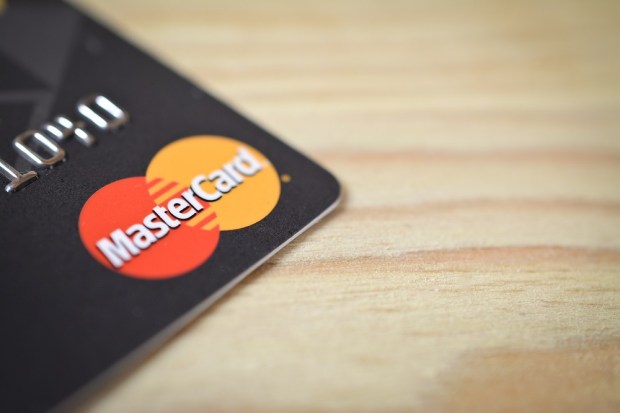Mastercard On Why It Supports EMV Secure Remote Commerce Specification

Mastercard, the digital payments company, made the case in a blog post Monday (Oct. 22) on why it supports EMVCo’s release of the EMV Secure Remote Commerce Specification draft, which is now available for public review and comment.
In a blog post, Jorn Lambert, executive vice president of digital solutions at Mastercard, said the specification has already benefited from feedback of merchants, payment service providers and issuers. The public release will enable more feedback from the industry before EMVCo gets to a final specification, the executive wrote.
The finalized version 1.0 is expected to define interfaces for the secure exchange of payment data and accommodate the use of dynamic data, such as cryptograms. In addition, the specification is expected to enable compatibility with technologies such as EMV 3-D Secure and EMV Payment Tokenisation, while facilitating recognition of a common user experience by consumers via an SRC Mark.
“The investments that we have made in technology and security, including EMV SRC, will help deliver what merchants and their customers are looking for. We believe a seamless shopping experience must also bring in tokenization and advanced authentication as a means of protecting account numbers and reducing fraudulent transactions,” Lambert said.
According to the executive, bringing in technology and security – such as voice and chat-initiated commerce, Internet of Things and wearable commerce – will enable the future of shopping. “All this must and will happen in a way that’s easy for merchants to implement and seamless in the consumer experience,” he wrote. “This ultimately provides the benefits all parties seek – more satisfied consumers, more sales and with less risk.”
Lambert noted that Mastercard is working with customers and partners to roll out a variety of elements, including a standard and consistent payment button, support for all the ways people want to shop – including web, apps, voice, chat and other connected experiences – removing payment credentials from the process via the use of tokens, and offering token support where consumers store their cards or account information with merchants.
“The future that we all envision is right in front of us. We call on the industry to provide input and feedback and join us in delivering [to] our shared customers the consistent and secure digital payment experience they want and expect,” wrote Lambert.
